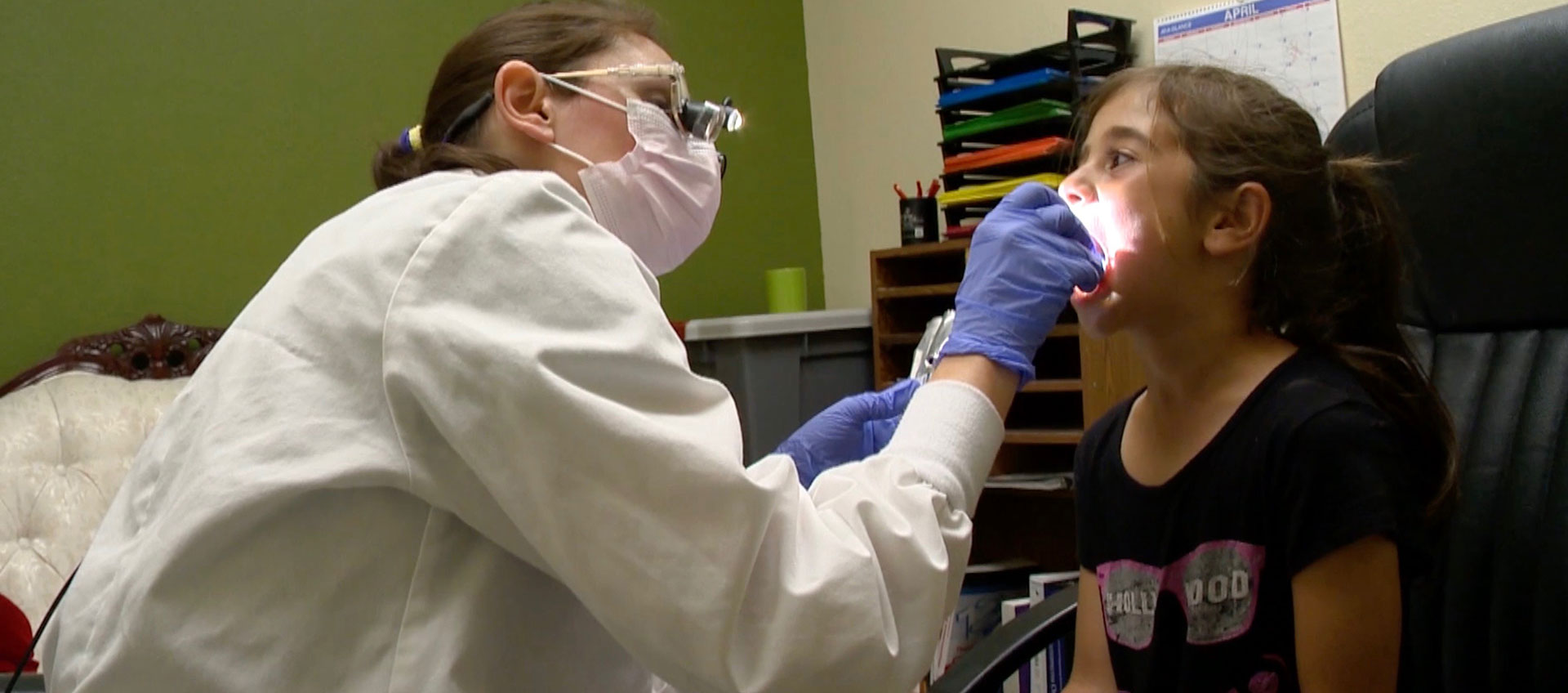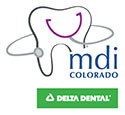
Levels of Integration
Coordinated vs. co-located vs. integrated health care models
Coordinated, co-located, and integrated oral health care delivery models and programs are emerging. These innovative models and programs move the delivery of oral health services from the traditional dental home into new settings. They focus on building collaborative relationships with dentists. They build partnerships across health professions to benefit patient populations. They aim to reduce oral health disparities by reaching underserved populations, including low-income, young children, and older adults.
SAMHSA/HRSA integration framework and the CO MDI model
The SAMHSA/HRSA-developed framework of the continuum of care provides insight into the factors that differentiate coordinated care from co-located care and integrated care.
We use this framework in our CO MDI work and typically coach clinics through the continuum, with a goal of achieving Level 6 collaboration/integration (1). The CO MDI model integrates dental hygienists as part of a medical care team. They offer up to full scope dental hygiene services as needed in the medical exam room or in a dental hygiene operatory located close to the medical exam room (not in a dental clinic). The integrated hygienist participates in team activities such as team meetings, huddles and system changes.
In a fully integrated medical-dental model, the hygienist functions as another provider. Systems that support the providers, including scheduling and billing, and coordination of referrals, also support the hygienist. Ideally, medical and dental electronic records communicate as much as possible. Integrating hygienists into medical care teams has many benefits that ultimately increase the likelihood of achieving the Triple Aim.
Using the SAMSA/HRSA framework, the following table outlines medical-dental integration on the continuum from coordinated, to co-located, to integrated care:
| Standard Framework for Levels of Integrated Medical – Dental Health Care | ||
|---|---|---|
| Integration Categories | Integration Levels | Description - PCP: primary care provider|OHP: oral health professional (hygienist/dentist) |
| Coordinated Care | Level 1 - Minimal Collaboration |
|
| Level 2 - Basic Collaboration at a Distance |
|
|
| Co-located Care | Level 3 - Basic Collaboration On-site |
|
| Level 4 - Close Collaboration with Some System Integration |
|
|
| Integrated Care | Level 5 - Close Collaboration Approaching an Integrated Practice |
|
| Level 6 - Full Collaboration in a Transformed/Merged Practice |
|
|
